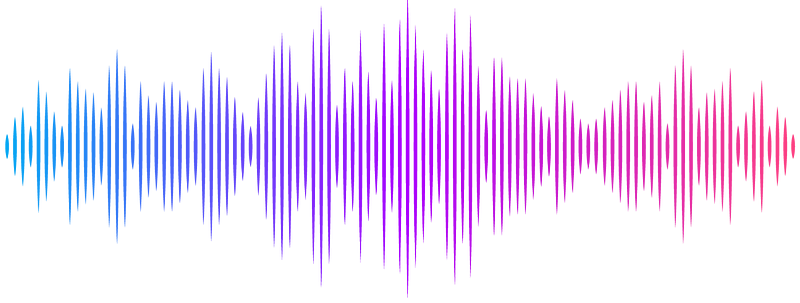The effect of Shifts in Fish Community Structure on PCDD/F temporal variability in common guillemot (Baltic Sea)

The effect of Shifts in Fish Community Structure on PCDD/F temporal variability in common guillemot (Baltic Sea)
Ammar, Y.; olsson, j.; Gorokhova, E.; Skold, M.; Faxneld, S.; Hentati-Sundberg, J.; Soerensen, A. L.
AbstractPersistent Organic Pollutants, specifically polychlorinated dibenzodioxins (PCDDs) and dibenzofurans (PCDFs) (PCDD/Fs) threaten marine ecosystems through biomagnification and bioaccumulation in top predators. Following environmental legislation introduction in the 1970s, PCDD/F concentrations declined in the Baltic Sea biota. However, previous studies signaled that this decline plateaued from the 1990s onward in common guillemot (Uria aalge) eggs. This period coincides with shifts in Baltic environmental conditions and food-web structure, including guillemot prey species. Here, we hypothesize that temporal variability of PCDD/Fs in guillemot eggs was driven by changing environmental conditions and food-web structure affecting prey availability. We identified phases in the temporal dynamic of fish community structure, linked them to PCDD/Fs rate of change, and identified potential environmental and anthropogenic drivers of these phases. Three distinct phases emerged: cod and herring dominance (1976-1986), sprat dominance (1987-2001), and stickleback increase (2002-2021). PCDD/F concentrations declined sharply during the first phase (-6.4% y-1), plateaued during the second (0.27% y-1), and resumed a decline during the third (-3.8% y-1). The transition to a sprat-dominated phase increased guillemots\' dietary exposure to PCDD/Fs, contributing to the second phase plateau. Conversely, stickleback rise as a potential key prey species during the third phase may have facilitated the post-2002 decline. Shifts in fish community structure were driven by changes in temperature, salinity, zooplankton size, and fishing pressure. We conclude that both bottom-up (environmental conditions) and top-down (fisheries food-web dynamics) effects have cascaded through the ecosystem, reshaping fish community structure and influencing PCDD/F concentrations in guillemot eggs.